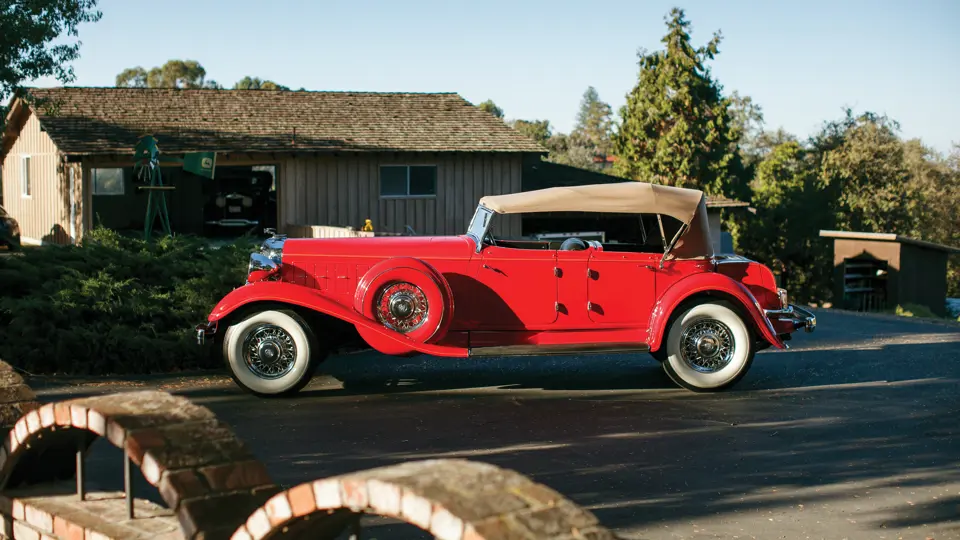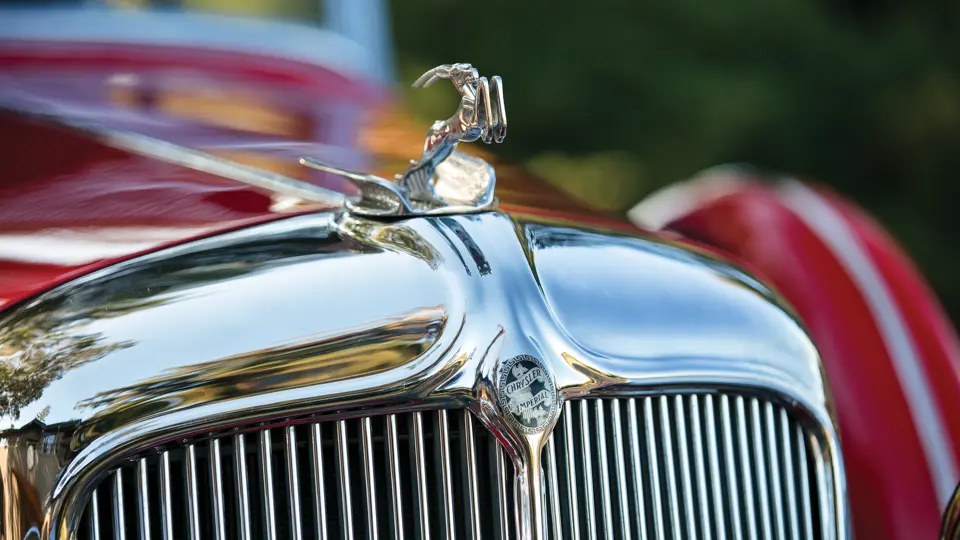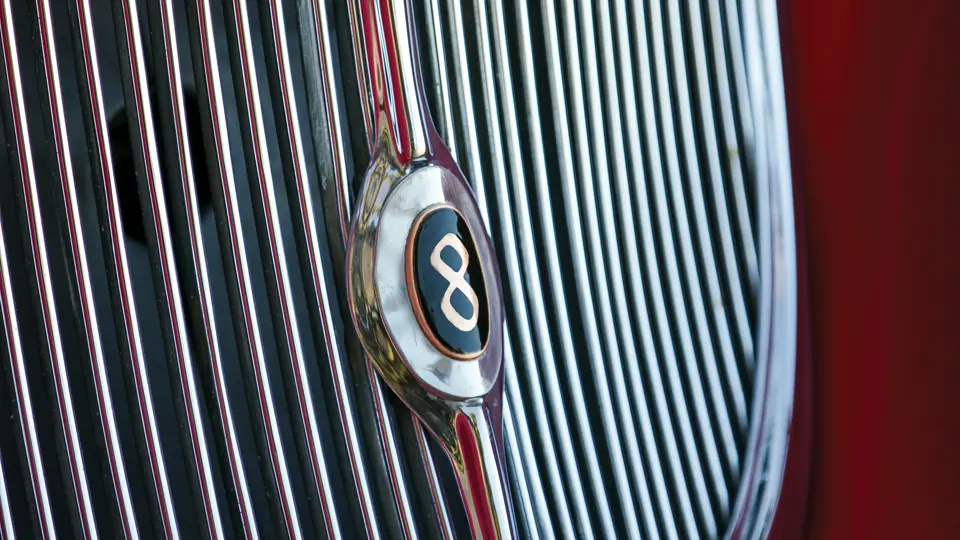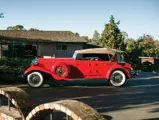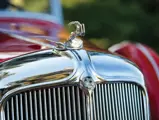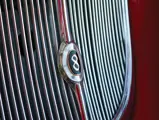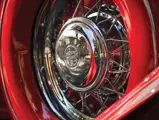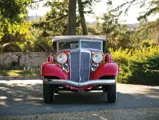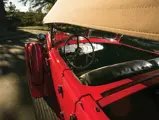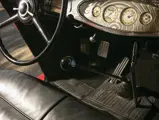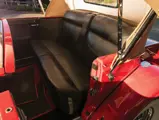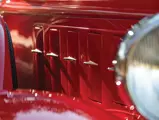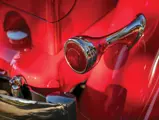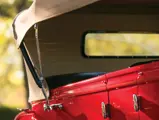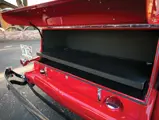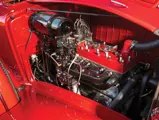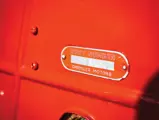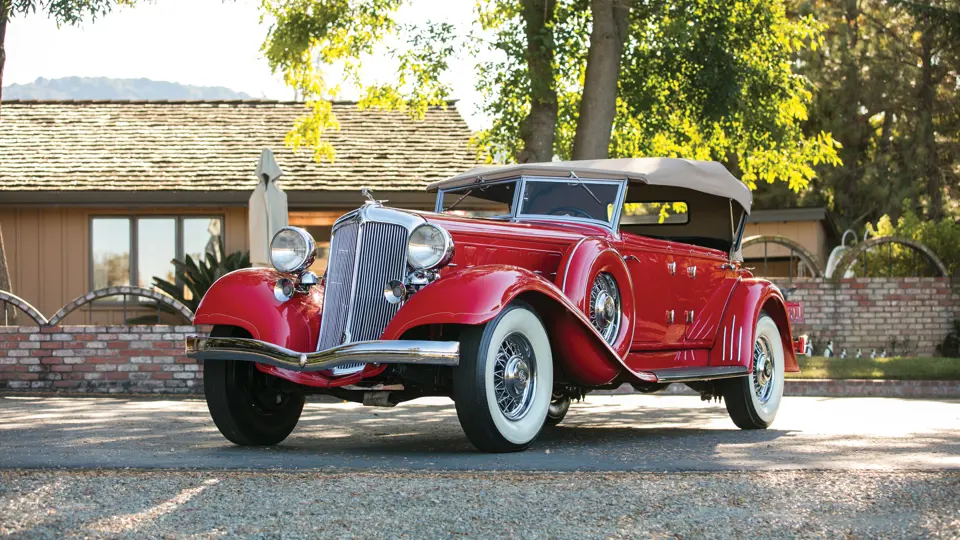
1933 Chrysler CL Imperial Dual-Windshield Phaeton by LeBaron
{{lr.item.text}}
$258,500 USD | Sold
{{bidding.lot.reserveStatusFormatted}}
- One of fewer than 20 authentic survivors
- Originally delivered to powerboat racer Lou Fageol
- Formerly owned by Turhan Bey, Jack Passey, and Laurence “Baron” Dorcy
- Well-known history from new
135 hp, 385 cu. in. L-head inline eight-cylinder engine with nine main bearings, three-speed manual transmission with vacuum-assisted clutch, leaf-spring and beam axle front suspension, leaf-spring and live axle rear suspension, and vacuum-assisted four-wheel hydraulic drum brakes. Wheelbase: 146 in.
Lou Fageol was one of the most colorful and legendary figures in motorsport, on land, and on the water. He built and piloted some of the fastest speedboats around, collecting many prestigious trophies, and he built race cars as well (including Indy 500 contenders). He was known as a hard-driving competitor and he won many important powerboat races. His boat racing career ended in 1955 when the craft he was piloting at speeds well in excess of 100 mph became airborne and performed a perfect backwards aerial somersault, a “loop-the-loop” before returning to the water and coasting to a stop . . . . He survived the serious injuries he sustained in that accident, and retired from racing. Until his death in 1961, he was, in the words of American Boat Racing Association historian Fred Farley, a “respected elder statesman of the sport he loved.”
– Christopher Cummings, Cadillac V-16s: Lost and Found
Throughout the history of modern American athletics, the men and women of daring-do have always had one thing in common: the pursuit of power. Those who flew fast planes, loved fast cars; those who raced fast cars, owned fast boats. Lou Fageol was no exception to this rule, and when not on the water, his road car was a new 1933 Chrysler CL Imperial dual-windshield phaeton, that offered here. It was one of the best-engineered automobiles of its era, a car so wonderful to drive that many of the fewer than 20 known survivors are still on the road being enjoyed.
After about a year, Fageol had his shop fit the car with a 1930 Cadillac V-16 engine, number 700132, along with associated adjustments to the chassis and suspension. The combination of the more potent 175 horsepower V-16 with the Imperial chassis and body (1,000 pounds lighter than the Cadillac) made for what Fageol termed “an excellent high-performance highway automobile,” which suited its thrill-seeking owner and driver quite nicely.
With its V-16 fitted, the Fageol Imperial next passed to Hollywood film actor Turhan Bey, and subsequently to a student at Stanford University, who sold it in the early 1950s to the late, legendary Northern California collector and enthusiast, Jack Passey. Passey, in turn, traded the car to Earl Hill and Dick Wells, who sold it to Laurence Dorcy.
Better known to one and all by his favored nickname, Baron, Mr. Dorcy was the grandson of Great Northern Railroad magnate James J. Hill and lived the fabulous life of a millionaire eccentric. A passionate enthusiast of automobiles, sailing yachts, and aircraft, he collected and piloted all three with vigor well into his dotage, living a carefree life in Maui. Such was Baron Dorcy’s passion for the Fageol Imperial that, over the next 50 years, he would come to own the car two further times, always buying it back after he sold it. The current owner, a longtime friend and neighbor, was actually the last to sell the car to Dorcy, in trade for a Duesenberg in 2001, and re-acquired it from Dorcy’s estate 10 years later.
The Imperial was restored between 1985 and 1987 by Harold Orchard, a well-known craftsman in Southern California, famous for his award-winning restorations during this period. More recently, during Baron Dorcy’s final ownership, the car had the engine hood correctly replaced, and the body was refinished in its present brilliant scarlet, matching the hue it wore when Dorcy first acquired it in the 1950s. Most recently, it has undergone further cosmetic restoration and, somewhat poignantly, the installation of a period-correct CH Imperial engine, very similar to the original CL unit that first powered the car in 1933.
The car has been well-known to the Chrysler Imperial community for decades. It is described in Christopher Cummings’ aforementioned book, Cadillac V-16s: Lost and Found, and is pictured in the book on Jack Passey’s automobiles, For the Love of Old Cars by Ken Albert. Furthermore, it is listed in the compendium of original CL Imperial phaetons published by George Tissen in 1980, documenting its provenance as a genuine example. The numbers of the two V-16 engines it carried in-period are known, and it is possible one may still exist, should a new owner choose to return the car to its “Fageol” configuration.
Surviving CL Imperial dual-windshield phaetons are widely held as among the most beautiful and desirable American Classics. Few, however, have the rather spectacular, unlikely, and wonderful history of the example offered here, which has been owned and driven since new by utterly fascinating individuals, and has accrued a lifetime of amazing stories.

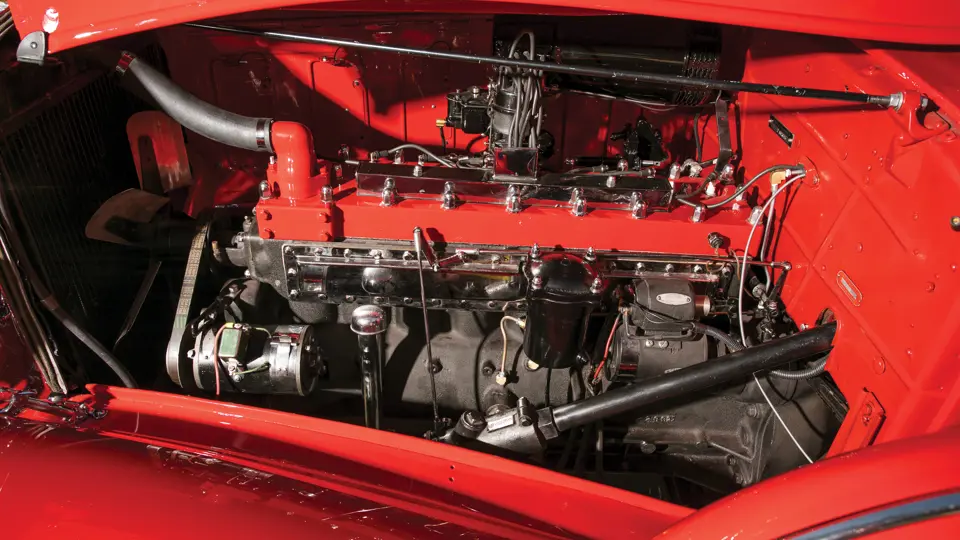




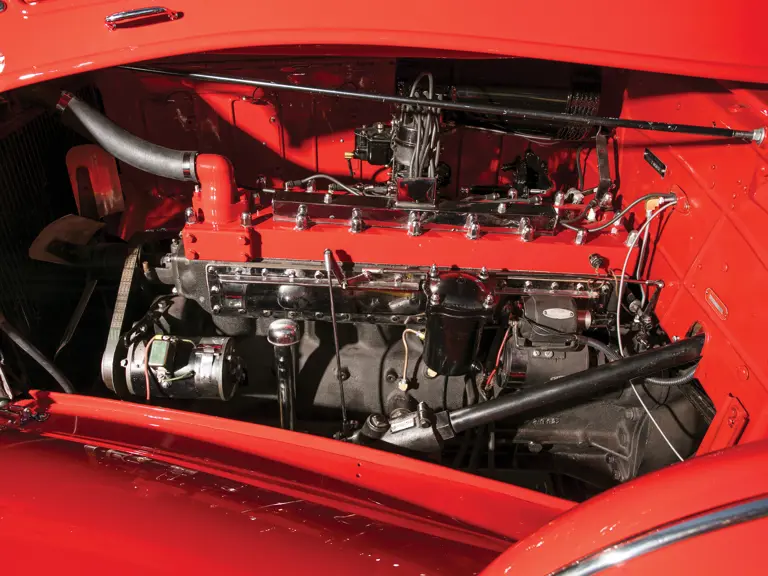
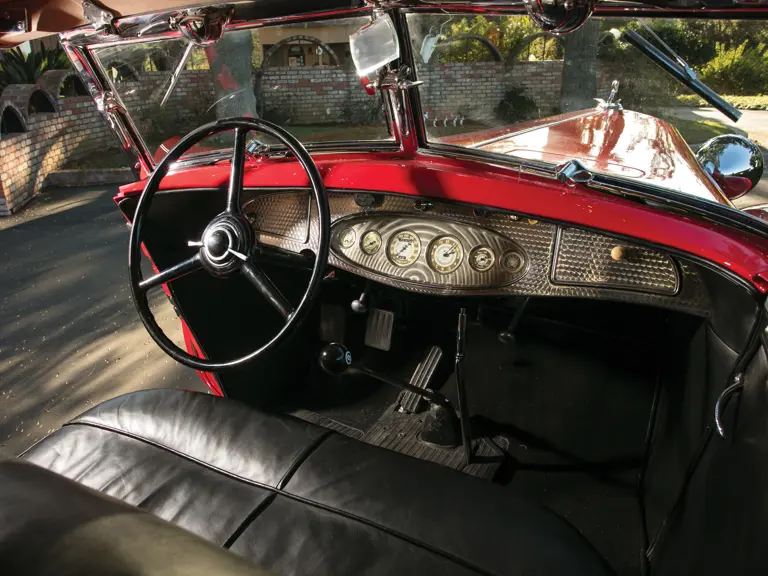

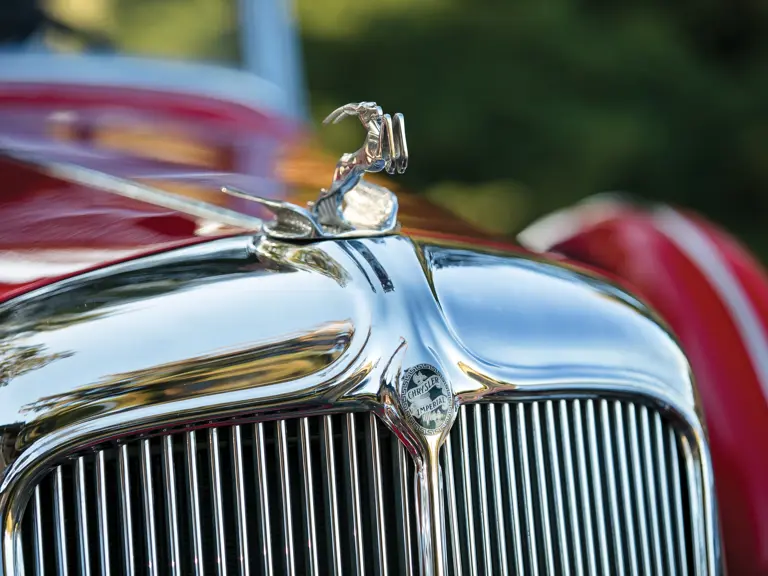
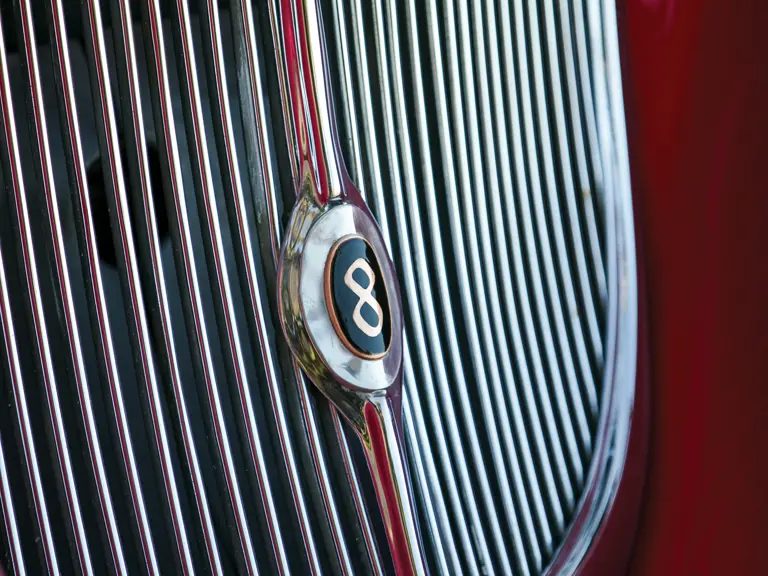
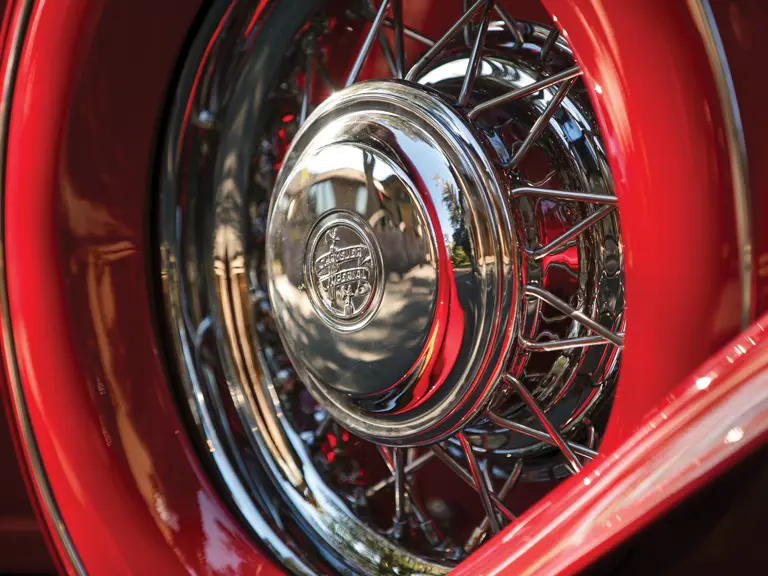
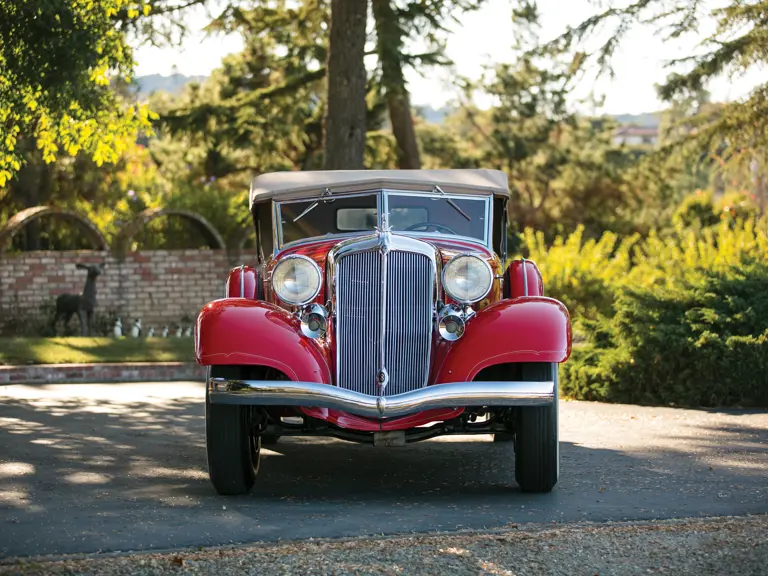
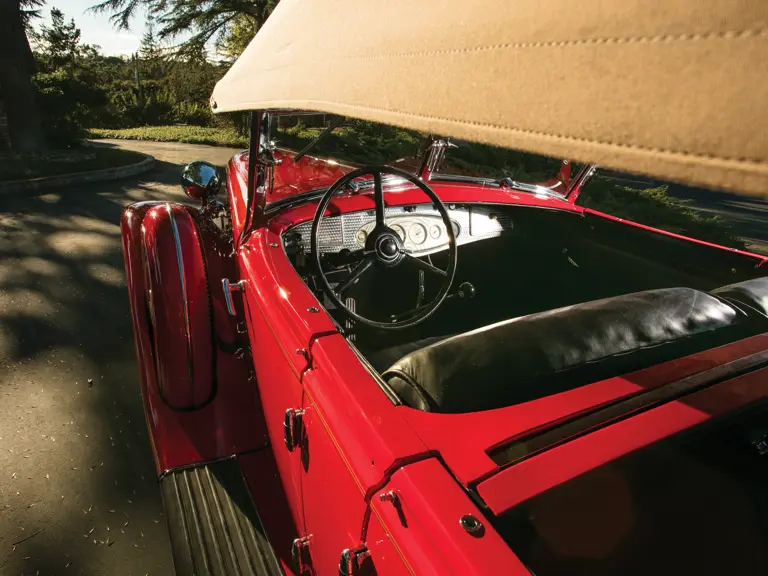
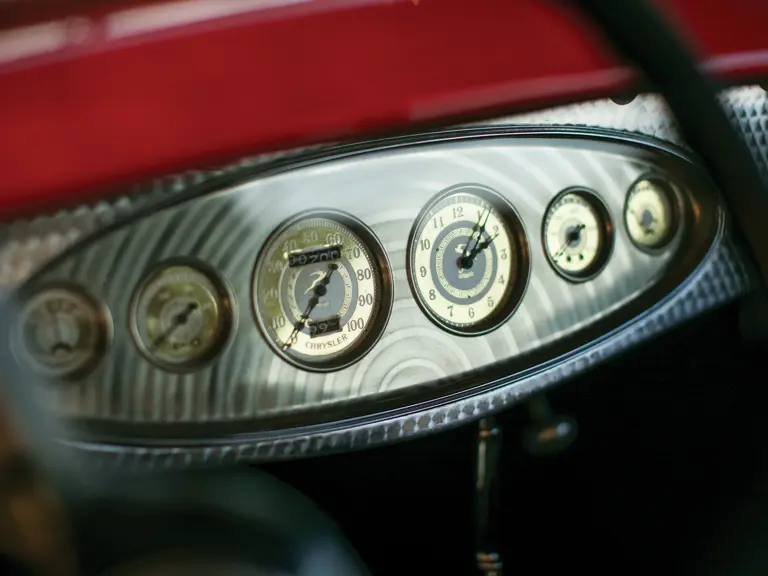
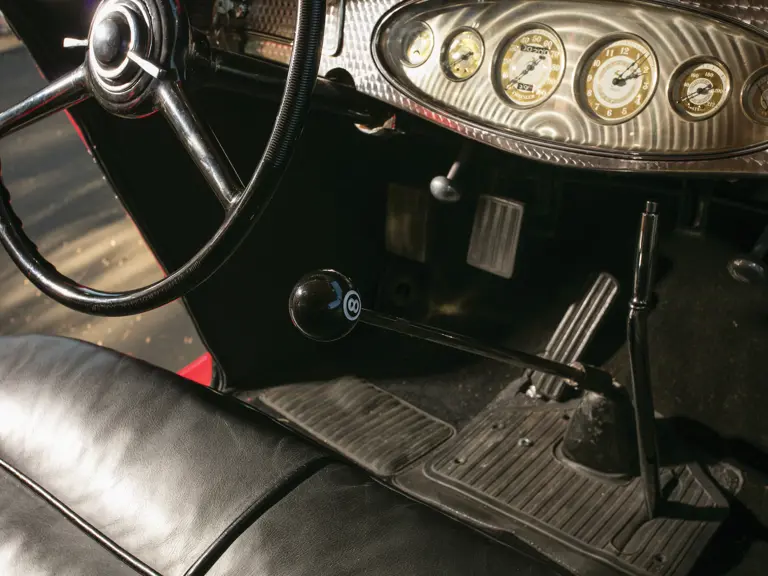

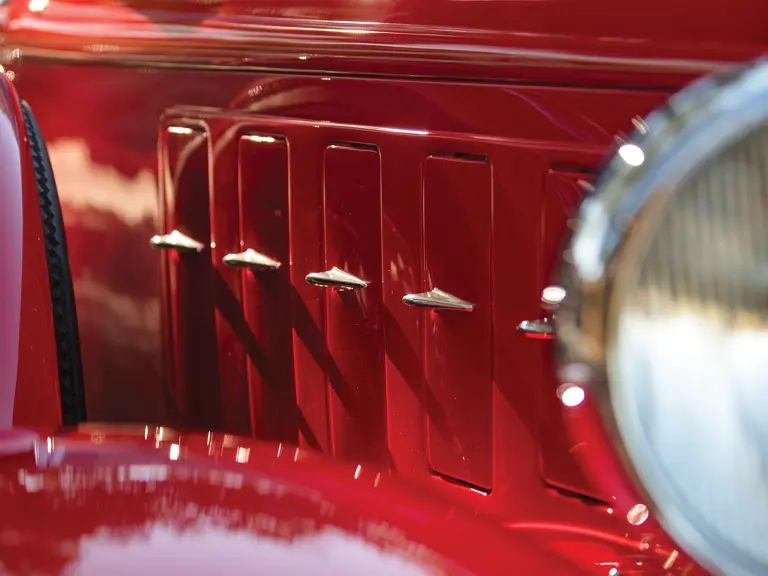
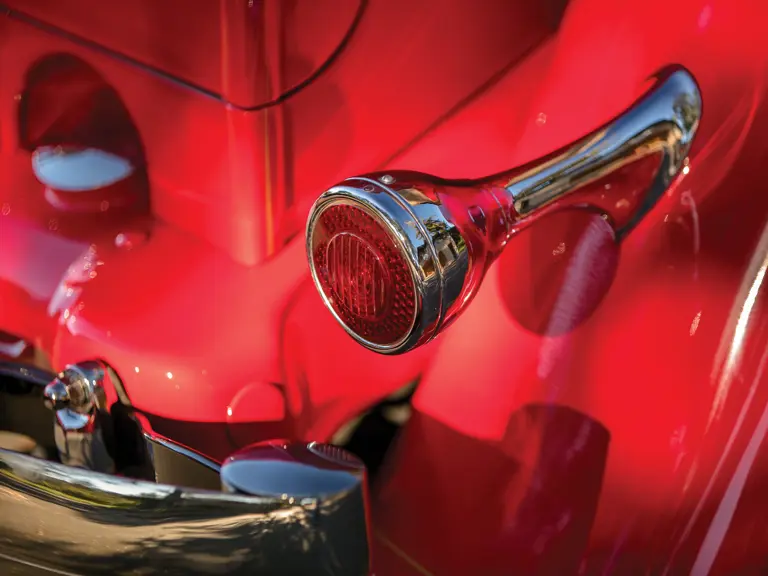

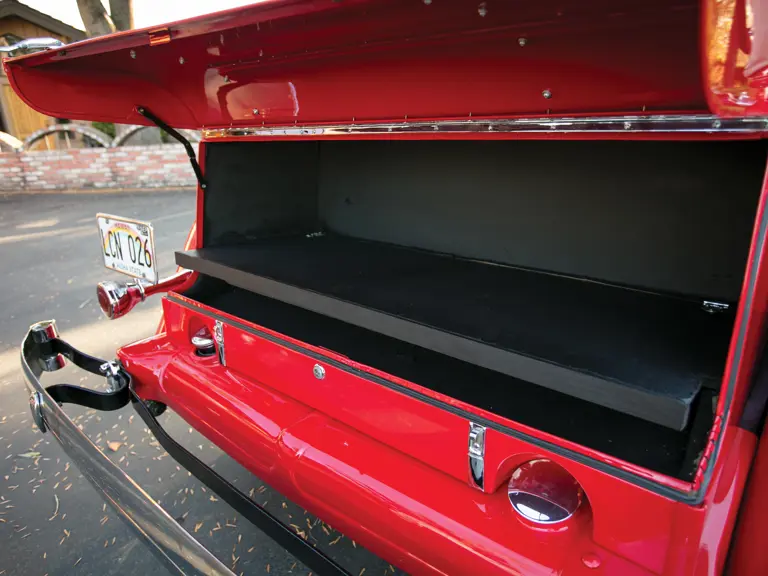
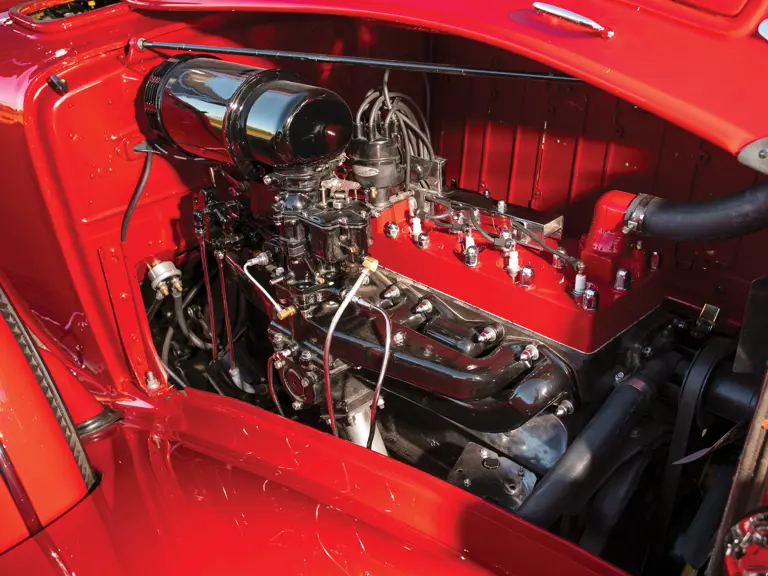
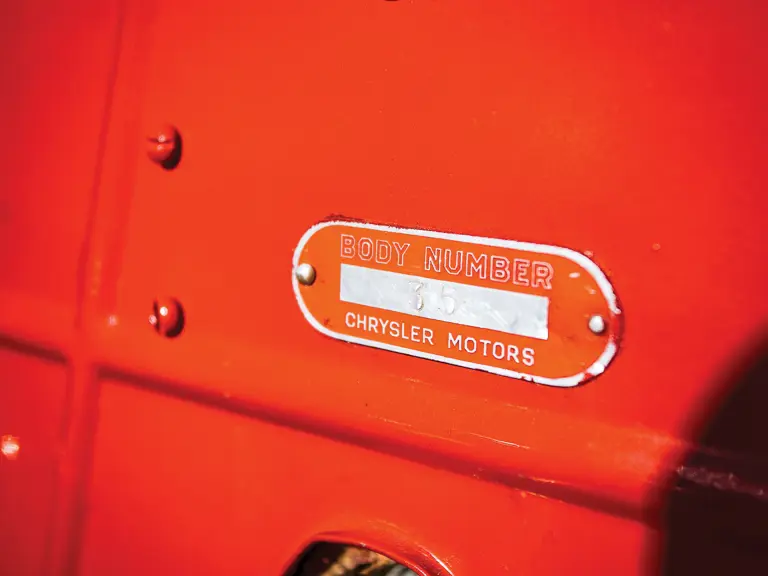

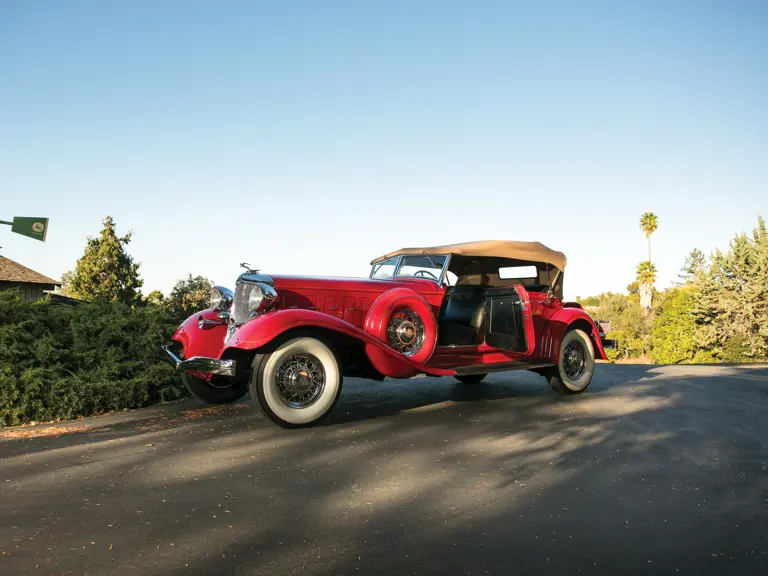
 | Phoenix, Arizona
| Phoenix, Arizona
